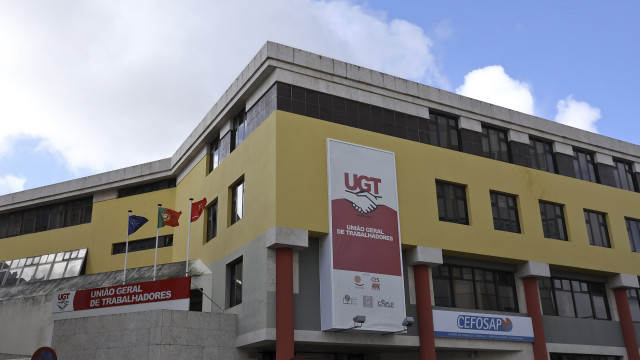
The data is detailed in a supplementary note to the report “Portugal, Social Balance 2025”, prepared by the Nova SBE University, focusing on “Gender and Violence in Portugal: A Portrait of Inequality”.
The analysis, based on statistics from the 2022 Survey on Public and Private Space Security by the National Institute of Statistics (INE), and European surveys on gender violence, indicates that nearly half of the Portuguese population has experienced some form of violence at some point in their lives, affecting 46.8% of women and 42.6% of men.
“Intimate partner violence is more prevalent among women, affecting 22.5%, compared to 17.1% of men. Sexual violence also disproportionately affects women, with 6.4% of women and 2.2% of men reporting victimization,” the analysis reveals.
It adds that while physical and/or sexual violence affects both genders, it impacts women with “greater severity and repetition,” noting that “19.7% of women were victims, and in more than half of the cases, the episodes were recurrent over time.”
In statements, the project coordinator emphasized the importance of surveys like the one conducted by INE, even though comparative analysis is not yet possible since only the 2022 survey has been conducted, because they help understand whether certain crimes are increasing or being reported more.
“We are specifically talking about gender-based violence, and we cannot measure these issues without representative surveys because if we rely on police reports or cases that make it to the judiciary, we are only seeing the tip of the iceberg,” noted Susana Peralta.
According to the researcher, the INE survey is “important as it allows comparison of violence prevalence,” both among women and men, and reveals that men, in particular, are “less likely to report [the crime] due to greater social stigma, especially in a domestic context.”
However, the analysis “demonstrates that the severity of violence is higher among women: 62.7% report physical harm, and 19.3% suffer daily activity limitations due to assaults.”
“Among men, these values are lower, highlighting the inequality in the impact and consequences of violence,” the document states.
This recent analysis also shows that despite the phenomenon’s magnitude, reporting remains limited, as “only 65.3% of victims reported the incident” and “over 60% confided only in family and friends,” while “about 20% reported to authorities.”
“Gender differences also manifest in safety perceptions,” the report notes, indicating that 77.1% of women feel safe walking alone at night compared to 89.5% of men.
Conversely, “44% of women consider violence by husbands or partners against women very common, whereas only 25% of men share this perception.”
“Only 10.5% of women and 6.9% of men recognize violence against men by women or partners as a very common phenomenon. The data shows that while awareness of violence against women is high, male victimization tends to be underestimated,” it states.
Gender inequality is also evident in the workplace, with 23.8% of women reporting persistent harassment and 12.3% sexual harassment, compared to 17.3% and 5.1% among men, respectively.
In comparison with other European countries, Portugal shows “lower levels of violence prevalence than the European Union average” but has lower reporting rates, suggesting that “social stigma and institutional distrust remain obstacles to reporting and effective victim protection.”
“Women are indeed more frequently victims of violence, particularly more severe forms, in terms of physical and psychological consequences, as well as duration and repetition,” highlighted Susana Peralta.
Regarding public policy design, the researcher pointed out that the analysis shows victims’ lack of knowledge about support lines and underscores the “fundamental” need to create “entry points for victims” into the system so they feel confident.
The analysis also concludes that “progress in formal equality between men and women does not eliminate substantial inequalities that persist in daily life and that “gender violence is both a cause and a consequence of these inequalities, requiring a coordinated public response combining education, prevention, social support, and justice.”




